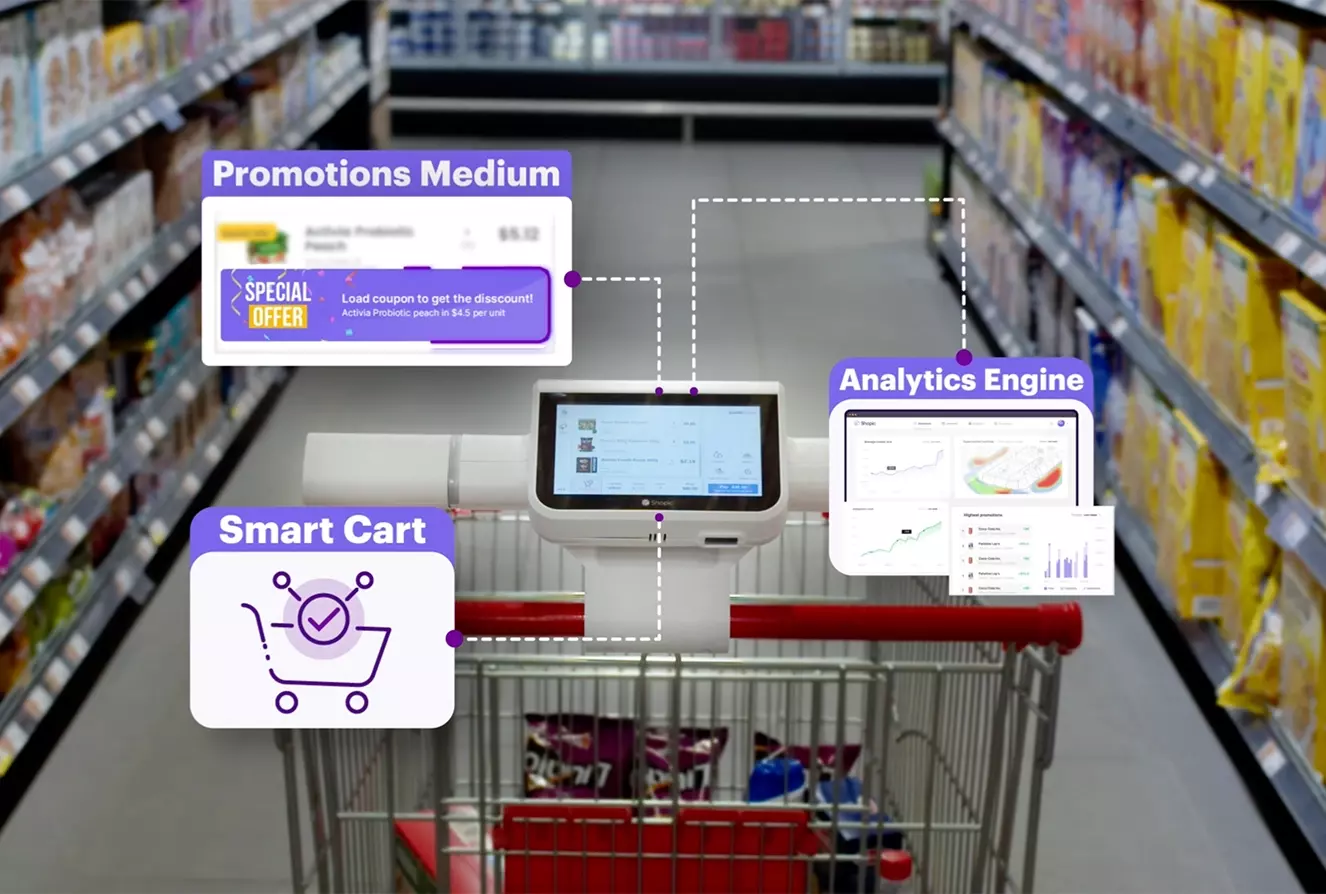
Physical stores are in an uphill battle this holiday season. PWC's Holiday Outlook 2022 report found that 57% of U.S.-based consumers planned to do their holiday shopping online.
The story isn't much better in Europe. According to TGM Research, 61% of European consumers either shopped exclusively online or split between online and offline stores.
There are a number of reasons why consumers are spending their money online. There are no lines when shopping online, and brands can offer custom discounts based on user history and behavior. Consumers also enjoy fast, free shipping, allowing them to enjoy their purchases within days of placing their order.
Brick-and-mortar retailers, however, are starting to deploy the tools they need to fight back. They are using digital tools in physical spaces to deliver an online-like, frictionless customer experience. As we move deeper into the decade, digitalizing physical spaces will help lead the turnaround and generate increased sales for physical stores.
Smart carts provide supermarkets with a key component in bringing customers back into their stores. They transform an ordinary in-store shopping experience into something online. Merchandise that is added to the cart is captured by the smart cart's AI engine.
Like online shopping carts, the Smart Cart presents a real-time cart inventory to shoppers, including a running total, so they can make an informed decision when adding additional items to the cart.
When consumers are finished shopping online, they simply click and pay. With Smart Carts, retailers can allow their customers to pay directly into the cart. Like online shopping, there is no line to wait through at the end of the shopping experience.
Physical stores have always been behind when it comes to promotions. They could offer in-shelf coupons, but that fell far short of the customized offering consumers have come to expect when shopping online.
The smart cart levels the playing field. Supermarkets can create customized offerings and sophisticated marketing campaigns designed to increase overall cart value, move slow-selling merchandise, and generate more sales, all while making the consumer feel like they are getting a deal.
The on-screen promotions can be delivered using geo-location technology, so customers see the promotion at the right time in their buyer journey.
Online sites have had a significant advantage in understanding user behavior. They can track everything from user scrolls to mouse clicks, building a data repository of consumer behavior that can be either aggregated for online store improvements and general promotions or used on the individual level to create compelling marketing campaigns and offers.
The smart cart creates digital heat maps, which can guide retailers in improving store layout and product placement. They get real-time data collection from the retail floor, which can not only assist with product strategy but also help identify when products are out of stock or out of place. The behavioral analytics stemming from the smart cart provides insights into consumer decision-making, enabling retailers to better address their customers' needs.
Retailers looking for a tool that delivers measurable results need to consider introducing the smart cart to their stores. Shopic’s Smart Cart has an 85%-95% satisfaction rate, and 75% of shoppers who use the smart cart return to the store. Most importantly, it boosts customer value. Our users spend 13%-17% more every month in the store, compared to non-users.


